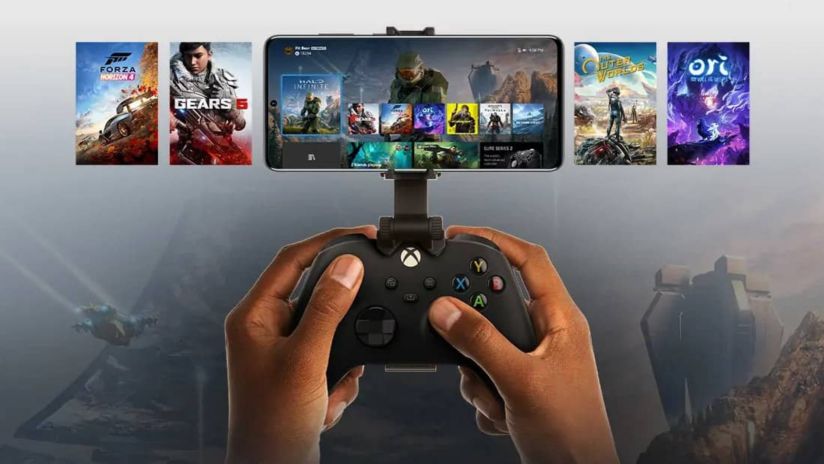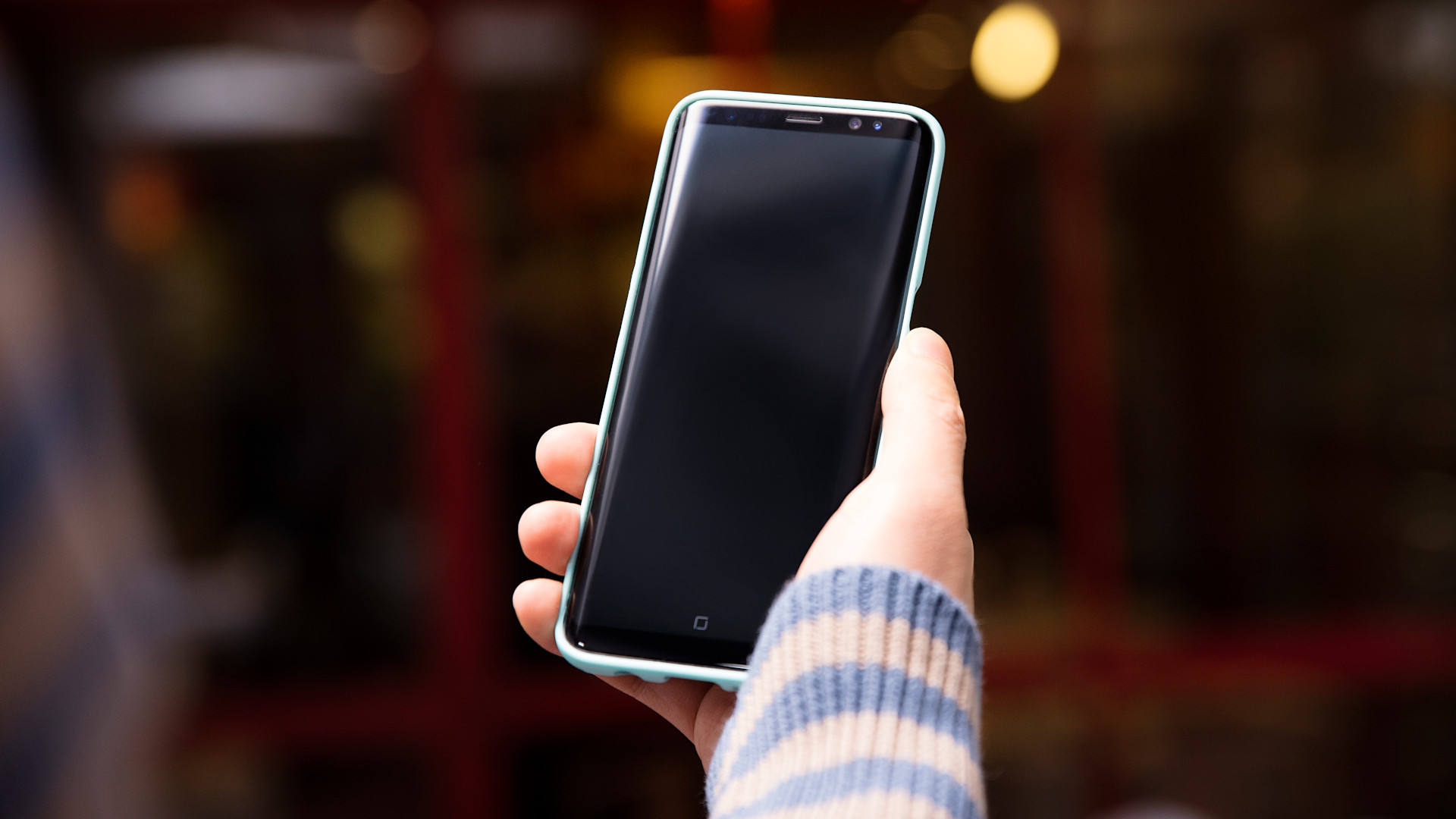Get ready for a big 2022 in tech: our predictions for what’s next

Here’s what to look out for in 2022.
Robots to the rescue as skills shortage bites
As the so-called “Great Resignation” takes hold and labour shortages start to hit the already-fragile economy, businesses will need to rapidly adapt to survive in a post-lockdown world.
Much of the world has started to re-open after what we hope was the worst of the pandemic, but with upwardly mobile employees now ditching their roles in favour of better hours; better pay, or more flexibility, business owners are witnessing a skills shortage come to life.
We’ve warned of a skills shortage before, but as the pandemic accelerates years-worth of trends, we’re now starting to see the worst of it. Not even Telstra is immune, with over 1000 tech roles currently open, looking for skilled workers to take them. If you want one, you can check out our careers page!
Outside of the tech sector, it is now common for cafes and restaurants to be short-staffed, too. With good people hard to find, the conversation has swung back to automation and digitisation in the hospitality sector. Customers can place orders through QR codes and smartphones; robots can cook and serve food, and even automated pre-mixed drink dispensers are back on the menu across the industry. While the capabilities of the robots are far from perfect yet, they are unlikely to disappear, in the process transforming the customer experience to something different for good.
The fight for the future of work
As we all know, most of the world’s knowledge workers have undergone a radical shift in the way they work over the last two years. On the whole, these workers have often shown that flexible or hybrid work can yield similar or better productivity results to traditional, in-office work. But as restrictions lift and bosses eye their office real estate bill, many workers are now being forced out of their home offices and back to their real ones.
And so the fight for the soul of future work begins: is the future in-office; remote, or a hybridised mix of both?
If we get the balance right, a future of hybrid work – where many spend only a few days a week back in a traditional office – could net the Australian economy an extra $18 billion and more than 42,000 new full-time roles over the next decade according to our research.
And now that the world’s knowledge workers are used to working without a commute, we can expect the future of hybrid work to look a lot different than it does now.
At the start of the pandemic, office workers were fighting over comfortable chairs and good monitors. Now that we’ve been at this for a while, many of us have upgraded our workspace, or their company has picked up the tab.
Now we’re looking at new purchases. A cheap VR headset so we can take virtual meetings almost in person; new Wi-Fi mesh infrastructure or a faster 5G Home Internet connection so we can work faster and more efficiently, green screens or ring lighting to improve the quality of video calls, or even just a whole new workspace.
If your boss is trying to drag you back into the office, buy them a coffee and share our research on hybrid working. By the time they’re caffeinated, they might just change their tune.
The wearable future of healthcare
We’ve all been wearing smart watches for years to track our steps and measure our heart rate. They’ve previously been regarded as treadmill trinkets designed to get us to walk more, but did you realise you’re probably wearing the future’s greatest healthcare gadget?
There are now a range of mature smart watches at different price points that support the ability to track specialised health data over time that doctors crave. Continuous heart rate monitoring and even ECG (electrocardiogram) recordings can be performed easily on devices costing just a couple of hundred dollars. And these devices may have been collecting this data with our consent for years, allowing AI diagnostics to detect when your issues may have first kicked off.
The broad accessibility of this technology is leading to broad uptake, such that in 2022 we can expect the user base to be large enough to attract the creation of new products that health practitioners can use to support patients and the general community. As well as asking for your Medicare number, a medical receptionist may start asking for your brand of smart watch.
We’re also on a healthcare journey of our own, working with the health sector to solve big problems with technology as part of our T25 strategy.
Natural language AI processing and GPT3 applications
Can AI write you a poem? Or a new program? Could an AI model create your next favourite TV show or an entire novel? GPT-3 probably can.
GPT-3 is an AI learning model that uses deep learning to create text, code and more. The appearance of OpenAI’s GPT-3 natural language model has demonstrated that AI has matured significantly in processing language.
Products have appeared this year based on GPT-3 that allow chat logs to be analysed, software to be written, complex material to be summarised, and even poetry to be written.
In 2022, people will be increasingly interacting with AI-based systems that leverage GPT-3 and similar advanced natural language models. Such technology will also challenge what we consider to be “inventions” or “plagiarism”. In any case, smart products have just gotten significantly smarter.
Enter the Metaverse
Facebook’s corporate rebrand to “Meta” is an early signal of how we’re all going to be talking about the metaverse in 2022: a virtual space where our real and digital lives intersect.
Many tech companies, from Microsoft to Meta and Roblox to Snap are making significant bets on how we are going to adopt mixed reality technology and live more of our lives virtually within online spaces.
Maybe you will buy an avatar in 2022, or maybe a Quest 2 VR headset. A current challenge is taking virtual goods from one company’s platform to another, and there is active work to create standards for portable virtual goods, even using blockchain technology.
One way to achieve this is through the use of NFTs. NFT stands for “non fungible token” and is a term to represent a unique piece of content, where ownership rights can be transferred between people using a blockchain.
Digital collectibles like sports cards, but based on NFTs, are being offered by mainstream sporting leagues like Major League Baseball and National Basketball Association in the USA. Christie’s auction house has sold more than US$100M of NFTs in 2021, and even Australian brands like Penfolds are getting involved in selling NFTs, along with other Aussie artists like Flume.
There is a lot of financial speculation going on around NFTs, so it is hard to tell if they are real or a scam. However, they will continue to be a big trend in 2022.


